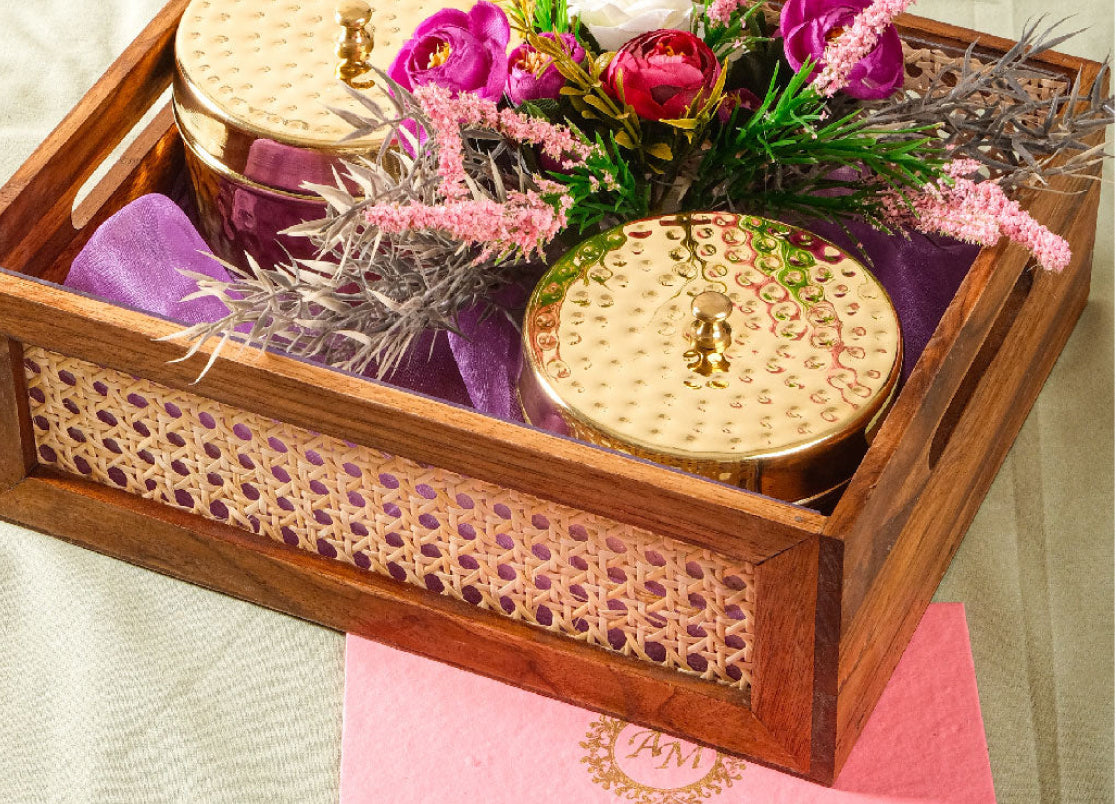The Cultural Significance of Brass Utensils in the Kitchens

In the vast cultural fabric of Indian tradition, brass is invaluable, bringing together traces of history, health, and ethnic idiosyncrasy. Brass utensils are not just tools for cooking but signifiers of a diverse cultural heritage. Let's see how.
Through the ravages of time
Throughout history, brass utensils have adorned the culinary traditions of ancient India. It's interesting to see that there have been archaeological findings of brass, indicating that they were quite an essential part of the Indus culture. The golden hue of brass makes it an aesthetically appealing metal. Thus, it's been famous not just for its utility but also for its ethereal aesthetic appeal.
Brass and Health
Brass is a brilliant choice for caring for one's health just by switching to brass utensils. The impeccable nutrient retention properties of brass make the food healthier than those cooked in non-brass utensils. Due to its antimicrobial properties, eating and cooking in brass utensils helps prevent infections. Brass is known to maintain the body's pH level and boost overall immunity. Since it's an alloy of zinc and copper, the traces of these two metals can leach into the food products, adding benefits to regular body functions such as digestion and bone movement.
Religion and Culture
Preparing food in brass utensils during festivals and other ceremonies is a common practice in India. They are revered for their purity, and the food prepared in them is called "Prasadam", or sacred food, mainly in temples.
Sustainability
Brass is sustainable and eco-friendly. Due to its impeccable durability, it can last for generations with appropriate maintenance. It prevents environmental pollution by reducing the frequency of replacement.
Thus, one can say Brass utensils are impeccable tools in the world of cookware that connect us with our past and pave a pathway to the future. Sustaining a healthier lifestyle and creating a relationship between tradition and modernisation led to a brass renaissance.
